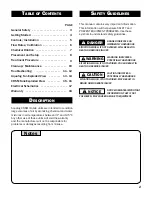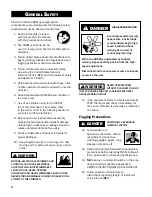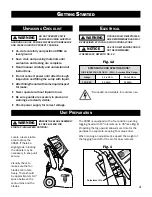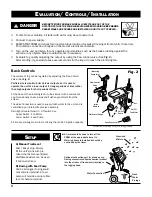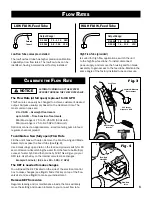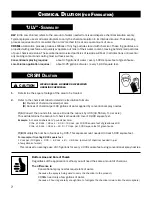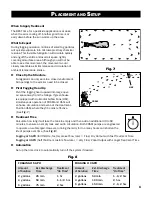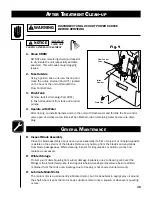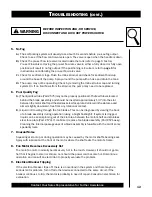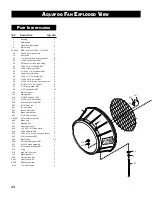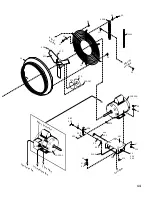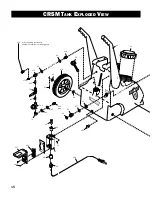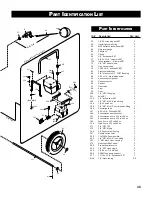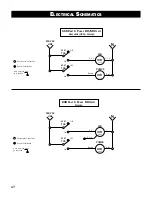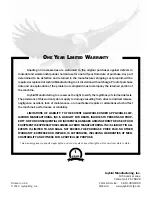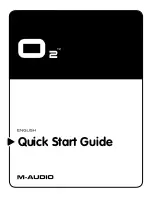
t
reatment
p
rocedure
DANGER
FOLLOW E.P.A. SAFETY
INSTRUCTIONS AND
GUIDELINES FOR PESTICIDE AND CHEMICAL USE.
USE ONLY ON PLANTS
MARKED SAFE FOR
PESTICIDE USE.
NOTICE
DANGER
WEAR PROTECTIVE
CLOTHING INCLUDING
GLOVES, HOOD, ETC. WHEN HANDLING CHEMICALS.
DANGER
NO HUMANS OR ANIMALS
SHOULD BE IN THE
TREATMENT AREA DURING APPLICATION.
p
reparation
1.
Read all instructions.
2.
Post warnings on entrances to the treatment area.
3.
Close structure's vents and doorways.
4
. Complete placement and setup (refer to
Page 8
).
5.
Turn on available HAFs.
6.
Ensure CRSM has been
tested
(operated with water only).
7.
Connect time clock and set it to turn the unit off (optional, refer to
Page 8
).
p
roceDUre
1.
Turn on ONLY the CRSM's pumps (unit's lower power switch).
2.
Confirm agitation of the water inside the tank.
3.
Confirm operation of feed pump (water trickling out of stationary blade assembly).
4.
In a small bucket, thoroughly pre-mix the chemical with some water.
5.
When Ready!
Slowly pour the pre-mixed chemical into the tank's agitated water.
6
. Replace the tank's lid.
7.
TURN ON FOGGING HEAD (unit's upper power switch) and
immediately leave area
(unless
wearing protective gear with a respirator).
r
e
-e
ntry
1.
The
CRSM has been turned OFF.
2.
Once OFF, the chemical's re-entry time period (REI) begins. The REI can be found on the
chemical's label and is generally 6 or more hours.
3.
After the REI, enter the area and open up vents and doorways and turn on ventilation.
4
. Check the CRSM for an empty tank.
5.
Clean the unit for future use (refer to next page).
Checking for Results and Evaluating Coverage
If using liquid chemicals, checking for results is the only viable evaluation. If using wettable
powders, evaluate coverage by scattering clear cellophane sheets throughout the area in advance
of a treatment. Upon re-entry, examine the cellophane under light for differences in deposit
intensity.
9


